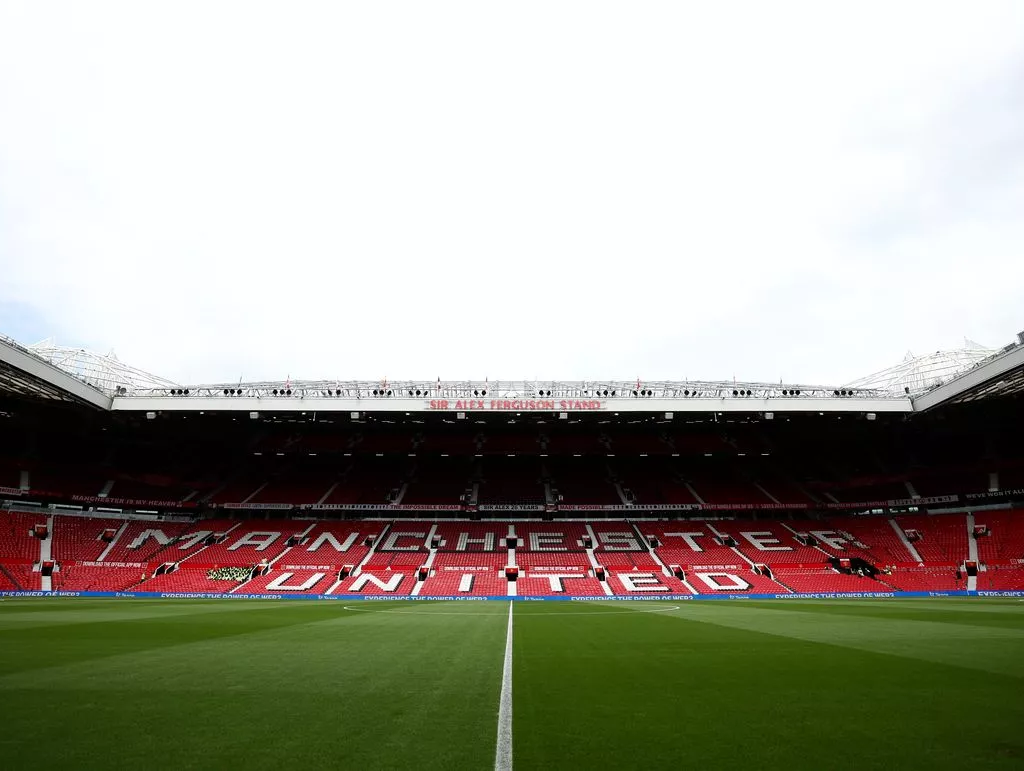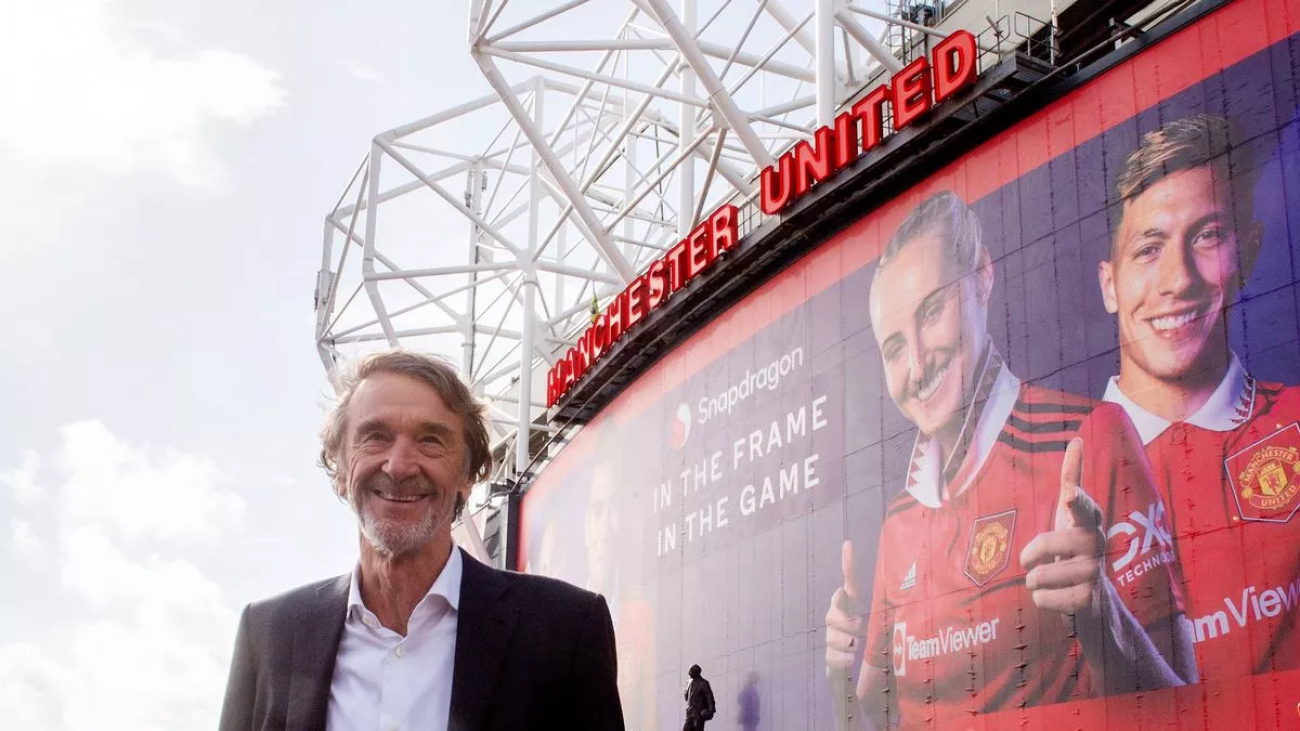Background of the Redevelopment
Manchester United are planning a significant redevelopment project that includes building a new £2 billion, 100,000-capacity stadium on land adjacent to Old Trafford. This new state-of-the-art stadium is envisioned to become the “Wembley of the north.”
Preserving Old Trafford’s Heritage
Despite initial beliefs that Old Trafford would be demolished, the new plan involves keeping the historic stadium in a scaled-down form. The capacity of Old Trafford would be reduced to around 30,000 to 35,000 seats, allowing it to serve as a venue for United’s women’s team and various academy teams.

Maintaining Historic Features
The preservation plan aims to maintain the rich history and heritage of Old Trafford. Key features, including the statues of Sir Matt Busby, Sir Alex Ferguson, and the holy trinity of George Best, Denis Law, and Sir Bobby Charlton, will remain. Additionally, the Munich clock and the central tunnel on the halfway line, the only existing part of the original 1910 stadium, will be preserved.
Expansions and Historical Context
Old Trafford has undergone numerous expansions since becoming an all-seater stadium following the Hillsborough disaster and the Taylor Report. The capacity was increased to 44,000 for Euro 96 and further expanded through subsequent redevelopments, making it the second-largest stadium in the UK after Wembley.
Transfers Latest and Future Plans
As Manchester United forge ahead with their ambitious redevelopment plans, they are also actively engaged in the transfer market. The club’s strategic decisions aim to balance preserving their rich history while advancing towards a modern and expansive future.


[…] Manchester United recorded a net loss of £113.2 million for the year that ended June 30. United has “total current borrowings” of £35.6 million in addition to the long-term debt of […]